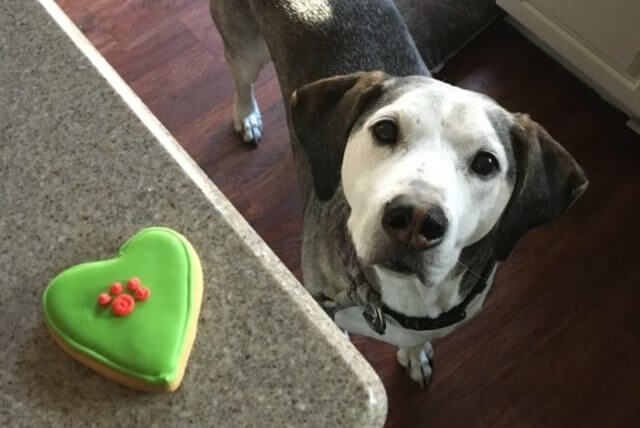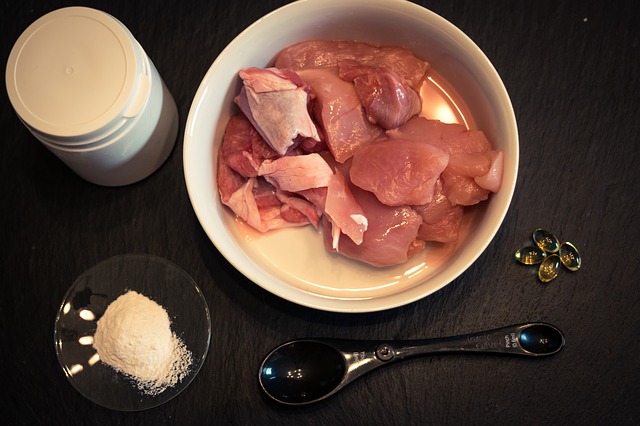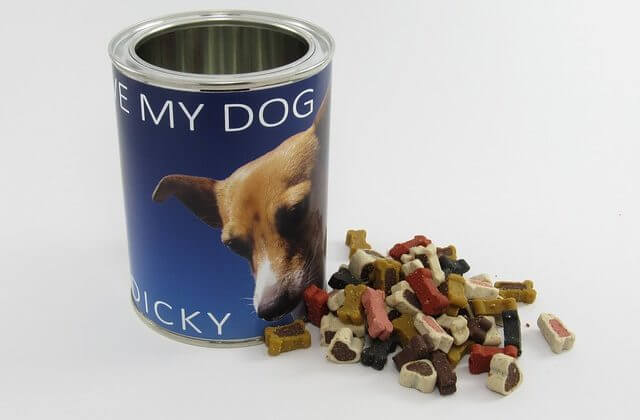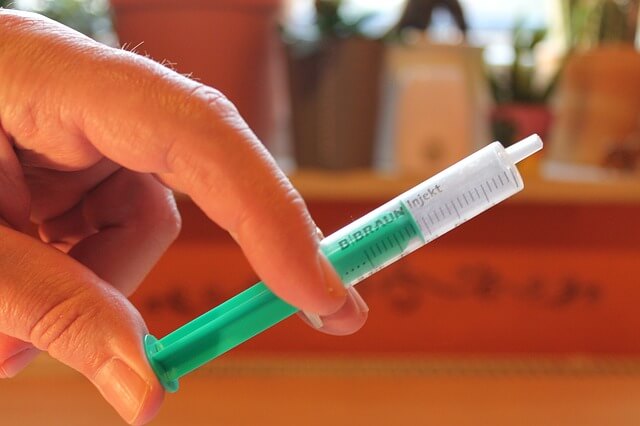There are several reasons you may want or need to change your dog’s diet throughout his lifetime. Whether your pooch has developed an aversion or allergy to his current diet, the time has come to switch from adult to senior food, or you simply feel that an upgrade is in order, there are certain steps you should take to ensure that the process does not upset your pup’s delicate digestive system.

While some dogs seem to have steel traps for stomachs, others are extremely sensitive. Even the slightest change or new addition could potentially result in vomiting, diarrhea, anorexia, or serious illnesses like pancreatitis.
These 6 tips will help you make the best choices regarding your dog’s diet, as well as switch foods safely and seamlessly.
1. Consult Your Veterinarian
Before making any major changes to your dog’s daily routine, it is best to discuss it with your vet. He or she knows your dog from a medical standpoint and can help point you in the right direction. Depending on your pup’s individual history, your vet may recommend a specific brand, a grain-free diet, raw feeding, or even suggest you continue with the current food.

2. Avoid “Brand Hopping”
Resist the fancy claims, advertising tricks, and blowout sales the major pet food brands use to lure you in. Frequent diet changes can upset the healthy flora that live within your dog’s digestive tract and exacerbate food allergies. It is best to choose a high-quality diet suitable for your dog’s specific needs and lifestage and stick with it unless otherwise recommended by your vet.

3. Make the Change Gradually
When initiating a diet change, you want to do so slowly to avoid shocking your dog’s system. Veterinarians sometimes recommend the “cold turkey” approach when treating certain medical conditions in order to reap the benefits of the new diet as soon as possible, but for all other dogs, the diet change should go something like this:
- Day 1: Feed 75% original diet and 25% new
- Day 2: Feed 70% original/30% new
- Day 3: Feed 60% original/40% new
- Day 4: Feed 50% of each
- Day 5: Feed 40% original/60% new
- Day 6: Feed 25% original/75% new
- Day 7: If no problems, feed 100% new diet from this point on
**If at any point during this process your dog stops eating or develops vomiting or diarrhea, do not feed any more of the new food and call your vet.

4. Consider Probiotics for Sensitive Pups
Did you know that probiotics can be used short-term in order to help your dog through times of illness, change and stress? Products like Proviable come in kits to be given over several days. They provide a massive boost of healthy probiotic microorganisms and prebiotics to help prevent and treat stress colitis caused by diet change, intestinal illness, anxiety due to travel or kenneling, etc.

5. Beware of Common Allergens
If you are changing your dog’s diet in an effort to identify or treat a potential food sensitivity, it is best to avoid the most common allergens. Wheat, beef, dairy, eggs and chicken are found in many mainstream diets and are often identified as triggers for sensitive dogs. Ask your vet if a new food that does not include these ingredients is best for your pup.

6. Skip the Scraps
This step can be a difficult one! When making a diet change for a medical reason, it is best to cut out all treats and table scraps for at least six weeks. Many people expect immediate results when experimenting with a prescription or limited ingredient diet, but it takes time for the system to reset and adjust to the new food. Treats and healthy whole foods can be slowly reintroduced at a later time in the diet trial under your vet’s supervision.

Featured Image via Flickr/Eli Christman

